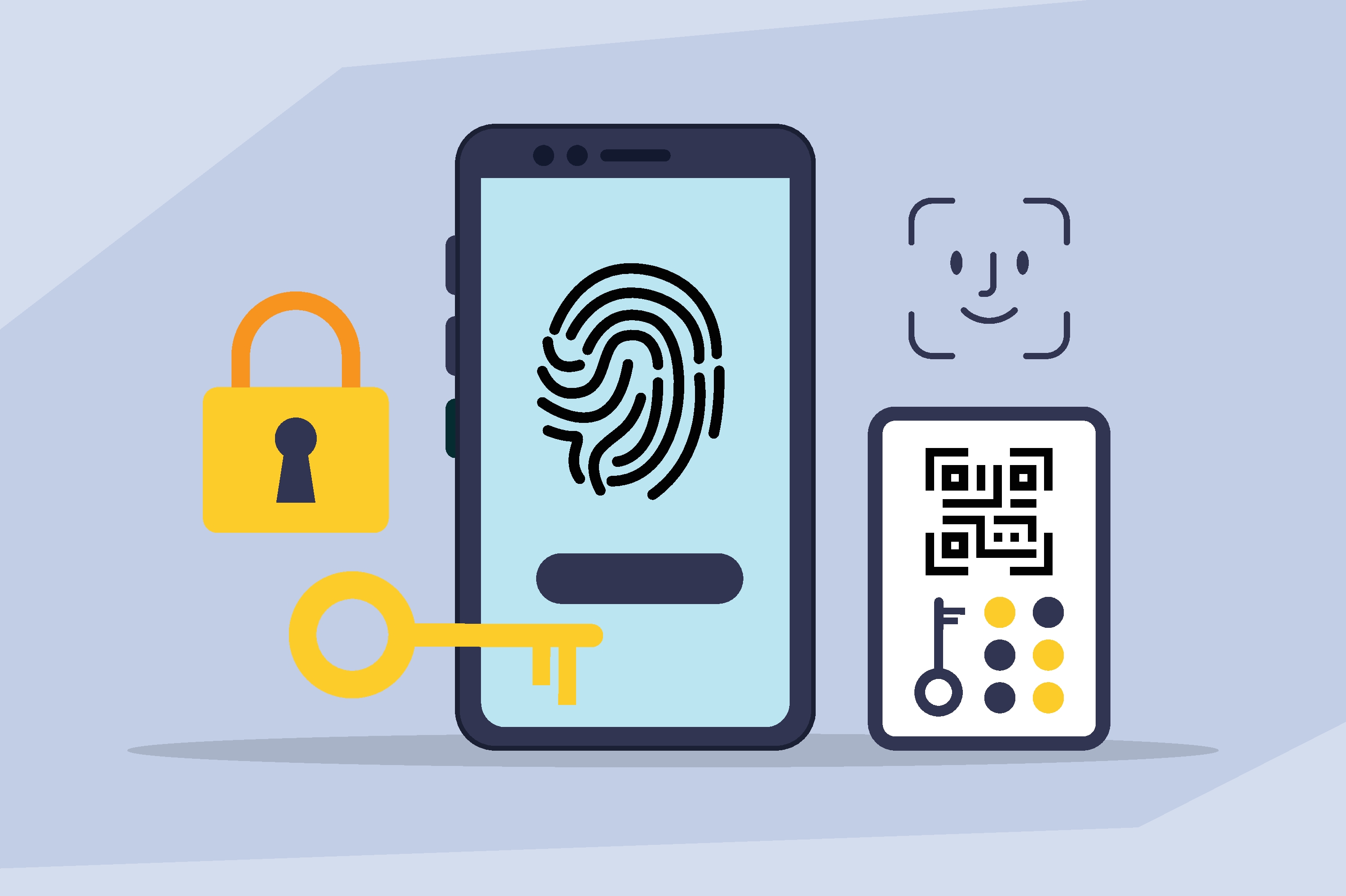5 Tips to Protect Yourself Against Identity Theft & Cybercrime


October is Cybersecurity Awareness Month (#BeCyberSmart), and with the holiday shopping season coming up, it’s a great reminder for consumers to stay vigilant online. Read on for five smart tips you can follow to protect yourself online and reduce cybersecurity risk.
1. Remember that your bank fraud department will not email, text, or call you asking for information
Banks do their best to protect their customers’ money—however, they will not contact you and ask for account access information. There is a popular scam where fraudsters call you asking for your bank information—scammers typically call you with a friendly voice and express a sense of urgency. If this happens to you: hang up, block the number, and report the call.
2. Keep your ‘security hat’ on when on social media
Cybercriminals are always on the prowl for personal information. This is done through various social media platforms: sweepstakes, games, luring a user with links to fake sites or posing as organizations you trust. Unfortunately, these scams have been on the rise and are pretty widespread in our online lives, so stay aware and think twice before engaging in these seemingly innocuous activities.
3. Ignore pop-ups that say “urgent update required”
Pop-ups are a type of cyber/social engineering attack that may lead to situations such as someone asking you to contact a computer company’s helpdesk. The attacker then proceeds to take control of the computer to drain money from your bank accounts. If you find yourself with a pop-up like this, do not click it or take the action it specifies.
4. Educate your child about online predators and inappropriate content
There are some great resources available online that can help parents teach their children about online safety so they can be protected from invasion of privacy, harassment, and cyberbullying. There are other options that parents can use, like parental controls and tracking software, but being open with your child and educating them should take precedence over these.
5. Change email passwords regularly and don't use the same password on your other accounts
This one is one you probably already know, but it’s worth repeating: it’s vital to change passwords regularly. Care should also be taken to make sure you use different passwords on different sites. An attacker can take control of your email account and establish communication with your credit card company or bank. If you have trouble remembering passwords, try using a reputable password manager.
About the author: Mary Ann Miller is VP of Client Experience at Prove and a well-respected expert in the fraud and identity space. Mary Ann was most recently Head of Fraud Strategy at Varo Bank and has held previous directorships and executive roles at organizations such as USAA, PayPal, and Lloyds Banking Group. Mary Ann has previously served on the US Federal Reserve Secure Payments Task Force and has built a high visibility reputation as a thought leader and global authority on digital fraud through media coverage on BBC News, NPR, American Banker, USA Today, and others.
To learn about Prove’s identity solutions and how to accelerate revenue while mitigating fraud, schedule a demo today.

Keep reading
 Read the article: Beyond the OTP: Why SMS-Based 2FA Is Failing and What Comes Next
Read the article: Beyond the OTP: Why SMS-Based 2FA Is Failing and What Comes NextExplore the classic conflict between security measures and user friction.
 Read the article: Anatomy of an Account Takeover Attack: Analysis and Response Plan
Read the article: Anatomy of an Account Takeover Attack: Analysis and Response PlanLearn practical strategies for handling identity verification API errors or no-match responses. Explore fallback methods and clear communication tactics to ensure a smooth, user-friendly experience.
 Read the article: Prove Global Fraud Policy℠: A New, Adaptive Standard for Digital Identity
Read the article: Prove Global Fraud Policy℠: A New, Adaptive Standard for Digital IdentityIntroducing the Global Fraud Policy (GFP), Prove’s new unified, adaptive fraud-defense engine that replaces fragmented, custom rules with a single, comprehensive policy that automatically updates as new threats emerge. This forward-looking framework helps businesses anticipate and respond to evolving threats like GenAI deepfakes, synthetic identities, and eSIM bots, protecting customers at scale.












